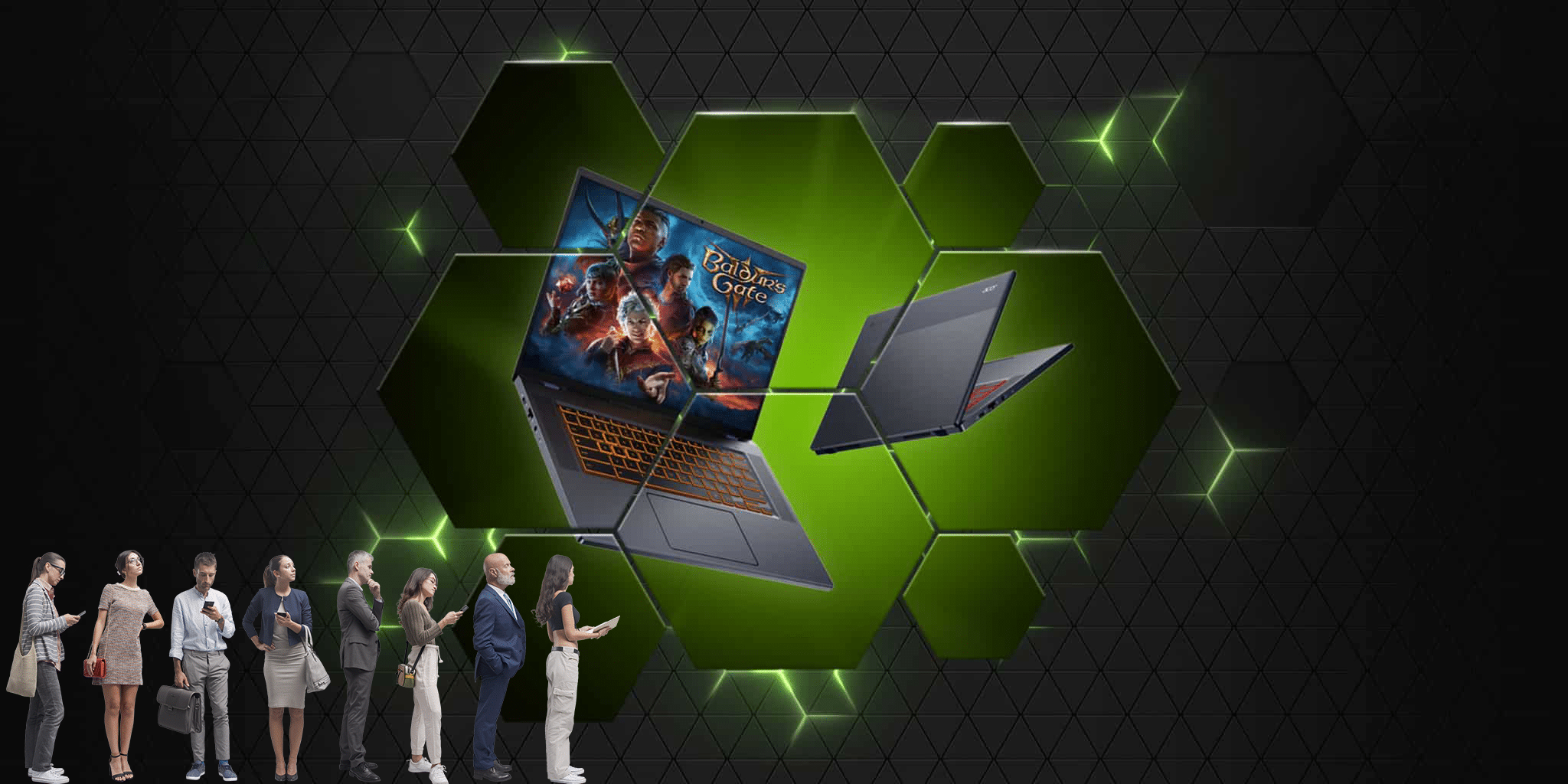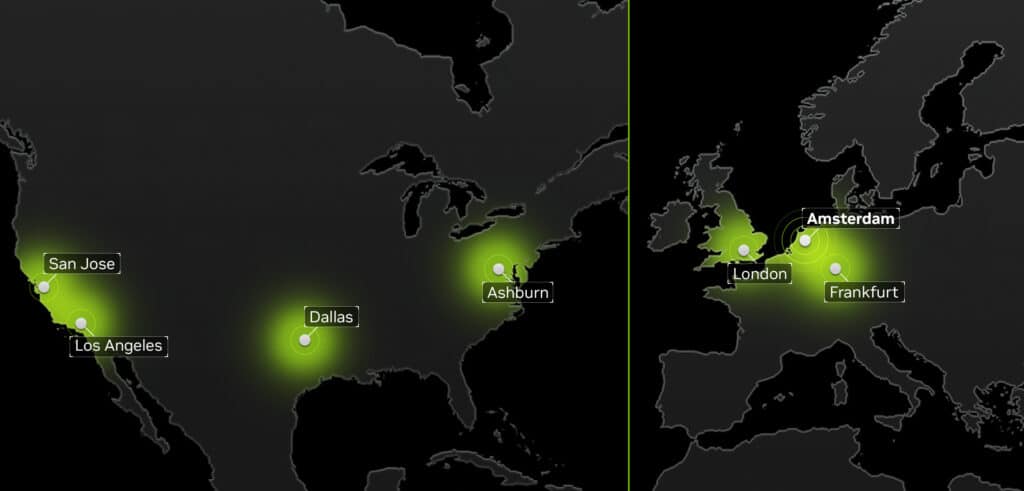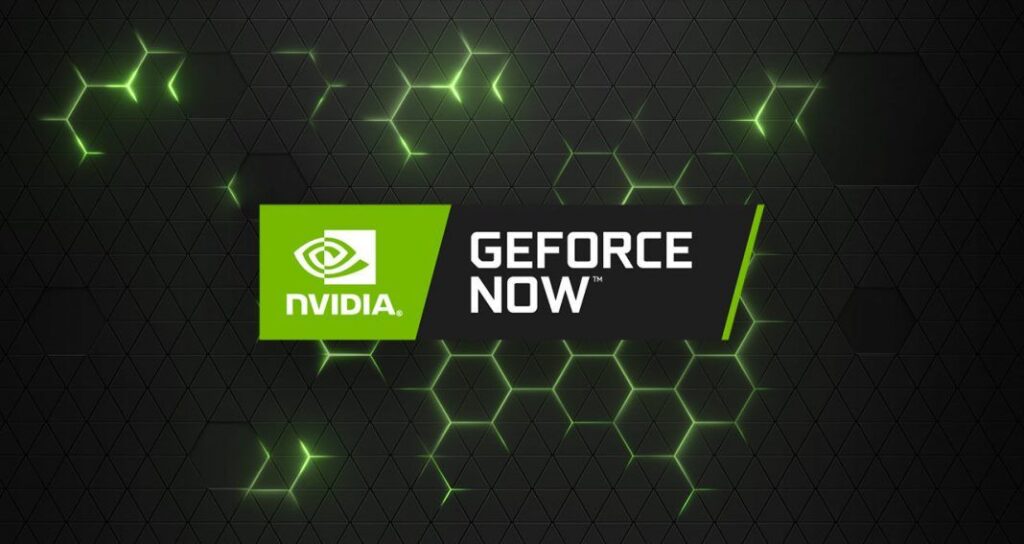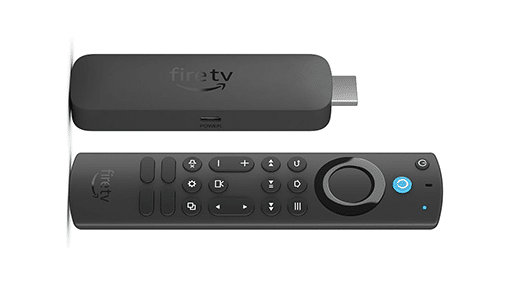
As gaming continues to evolve, so too does the technology that supports it. One of the most popular options for gamers looking to play their favorite titles without the need for expensive hardware is NVIDIA’s GeForce NOW (GFN). This cloud gaming service allows players to stream games on various devices, making high-quality gaming more accessible. However, many users (particularly those trying the service for the first time via the free tier) have experienced frustrating wait times, often leading to questions about why these queues exist in the first place.
Why Do Queues Exist on GeForce NOW?
For all its power and popularity, GeForce NOW (GFN) is built on a complex infrastructure with some unavoidable limitations. Queues (particularly for non-paying users) are a part of that reality, helping to balance demand and make the most of the resources available across the platform. Here’s a look at the technical factors contributing to wait times on GFN.
Finite GPU Resources and Allocation
GFN relies on powerful CPUs and GPUs at its regional data centers to stream games smoothly to players worldwide. But, there’s a cap on these resources, which means that when demand exceeds GPU availability, GFN implements a queue to manage overflow. Priority is generally given to paid users. Ultimate tier and Performance tier subscribers rarely (if ever) have to wait. But, free-tier users will often find themselves waiting in line.
To keep all of their resources fully utilized during most of the day, GFN offers a free access membership tier. But, availability of nodes for these users is not always guaranteed.
Technical Insight: “Every region has a set number of GPUs, so during peak times, queues are essential to keep resources from overloading.”

Load Balancing and Region-Specific Demand
Each region experiences demand differently, whether due to time zones or major game releases. GFN uses load balancing to adjust resources in real-time based on location-specific demand. However, even with advanced load balancing, demand spikes during events can lead to temporary queues.
Technical Insight: “GFN’s servers manage demand by distributing resources where they’re most needed, but peak times can still result in queues even for paid users.”
The Queuing Algorithm and Tier-Based Prioritization
The queuing system itself differs by membership tier, ensuring free-tier users don’t hold up resources for paid users. However, when demand spikes (link in the hours after a release of a major new game like Cyberpunk 2077), even paid users may at times (depending on region and other factors) find themselves waiting—albeit with shorter waits than free-tier members.
This is also true on other cloud gaming services like Xcloud, where queues peaked after the release of Starfield and Call of Duty in some regions.
Technical Insight: “GFN’s queue prioritizes paying users, but all may experience short waits if demand overwhelms the server’s capacity. In practice, times when paying users need to wait are rare.”
Session Limits and ‘Session Capping’
To free up resources, GFN enforces time limits based on membership tier, with the free tier capped at an hour and paid tiers getting up to six hours. This system lets GFN recycle its GPU power more frequently, adding a buffer that helps keep wait times manageable for all users.
Technical Insight: “To ensure smoother access for all users, GFN has implemented tier-based session caps, a factor that indirectly contributes to overall queue management.”

In Summary
GeForce NOW’s queuing system is a necessary evil in the realm of cloud gaming. The service’s success relies heavily on its ability to manage user demand effectively while providing a smooth gaming experience. As more players flock to GFN, the importance of understanding the underlying infrastructure becomes paramount. The queues are not just a nuisance; they serve a purpose in maintaining the service’s integrity and performance.
This is all a bit of a double-edged sword. While waiting in a queue can be frustrating, it is a testament to the growing popularity of GeForce NOW. Understanding the technical reasons behind the queues can help users manage their expectations and appreciate the service’s value. For gamers eager to dive into their next adventure, patience is key, as the world of cloud gaming continues to evolve. And, ultimately, if you are sick of waiting in the queue, paying for a Performance or Ultimate tier membership will get you a rig immediately – on most days at least.










